Salt containers
Salt was an important commodity for thousands of years. It was excavated in mines, evaporated from sea water and transported over long distances. On the shores of the White Sea in the 16th century, for example, there were successful salt evaporation plants from which salt was transported by rivers to inner Russia.
A salt container belonged to the equipment of every household. The Finno-Ugric collection of the National Museum of Finland includes salt containers from Siberia, Central Russia, Karelia, Ingria and Hungary. The range of materials is diverse. Some of the containers are wooden, others are made of birch bark and roots. There are also salt containers made of horn and bull testicles.
Salt was used for seasoning and preserving food. Hunting and fishing were important means of acquiring food for the northern peoples. Salting meat and fish was one form of food preparation. In addition, mushrooms and vegetables could be salted for winter use.
Salt, or sodium chloride, is a necessary mineral for the human body, and salt depletion can at worst be fatal. Salt’s ability to sustain life and prevent spoiling made it symbolically important.
Salt was widely used for protection from harm and evil. In Central Russia, salt could be sprinkled on newborns’ foreheads or in their cradles. Because of its permanence, it was suited to sealing loyalty and friendship. Salt was important as part of wedding ceremonies and receiving guests.
Anna-Mari Immonen
Select an image for more information
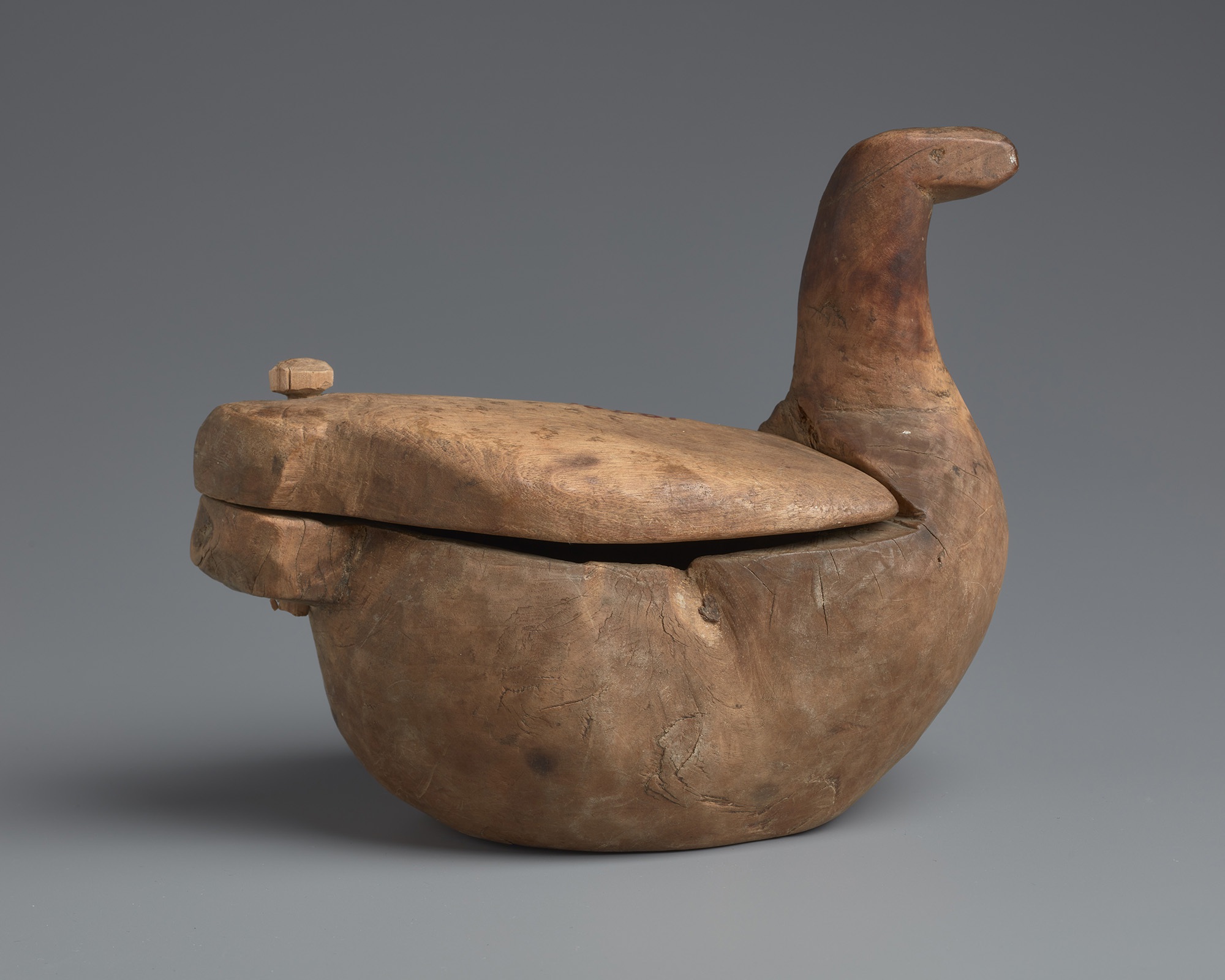
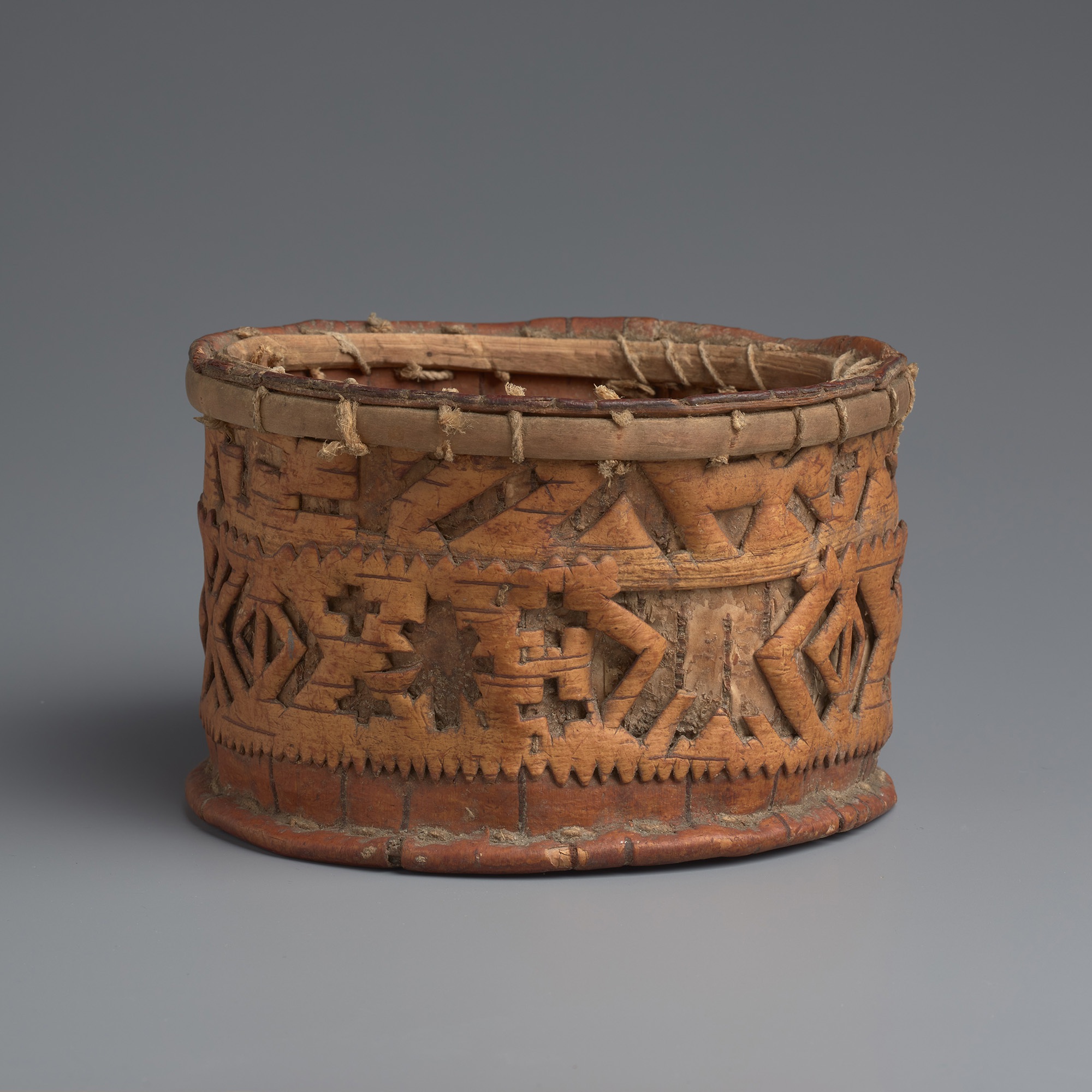
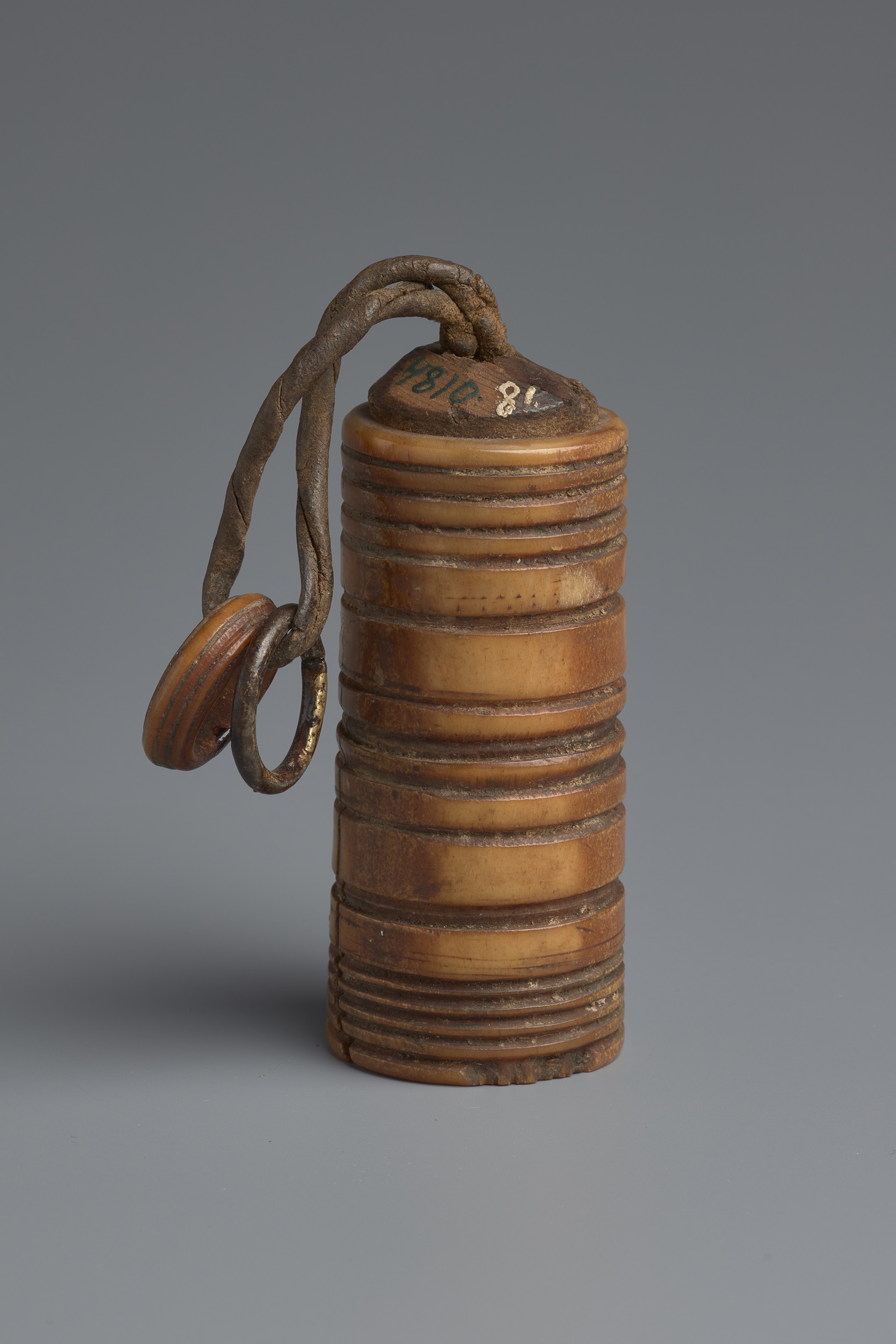
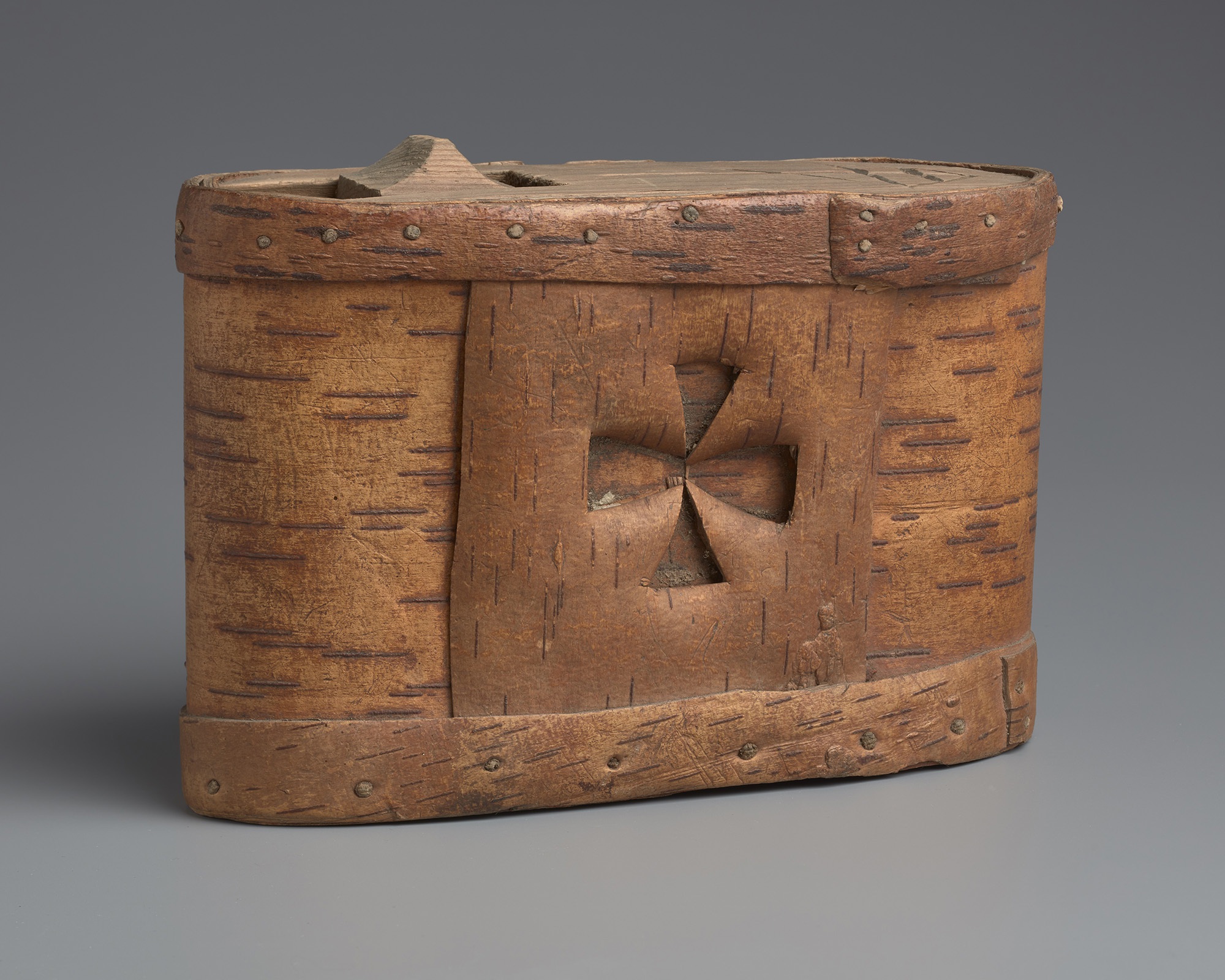
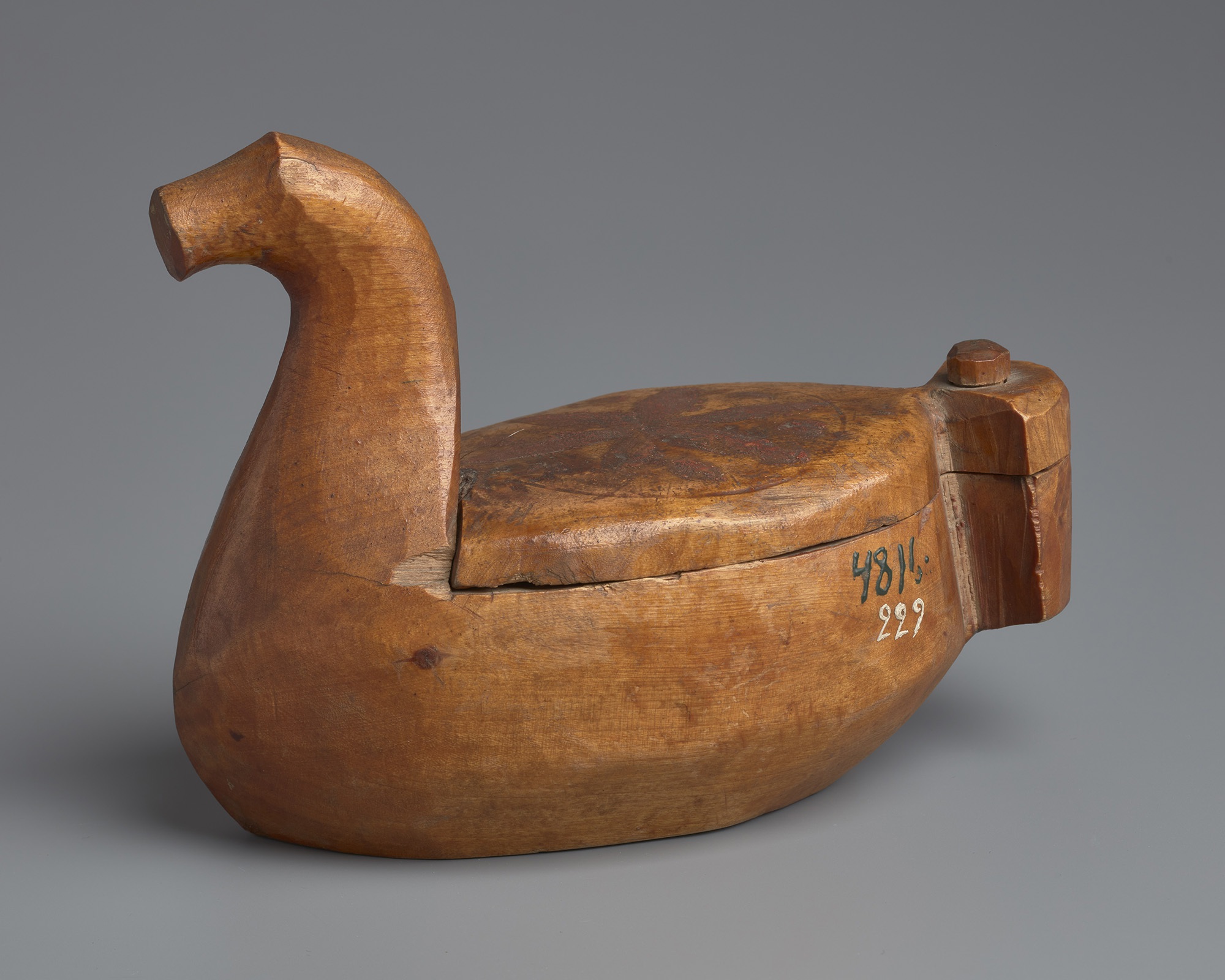
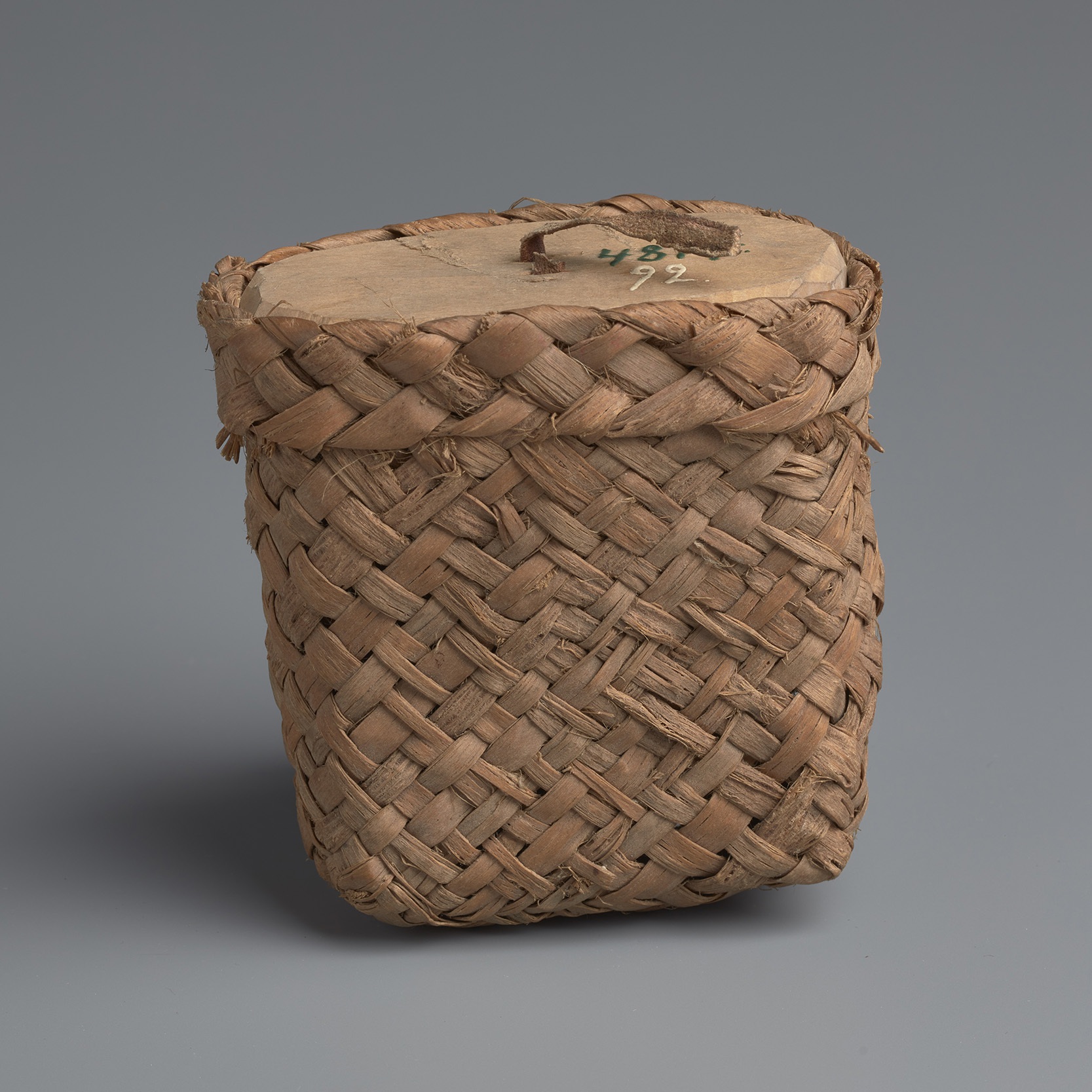
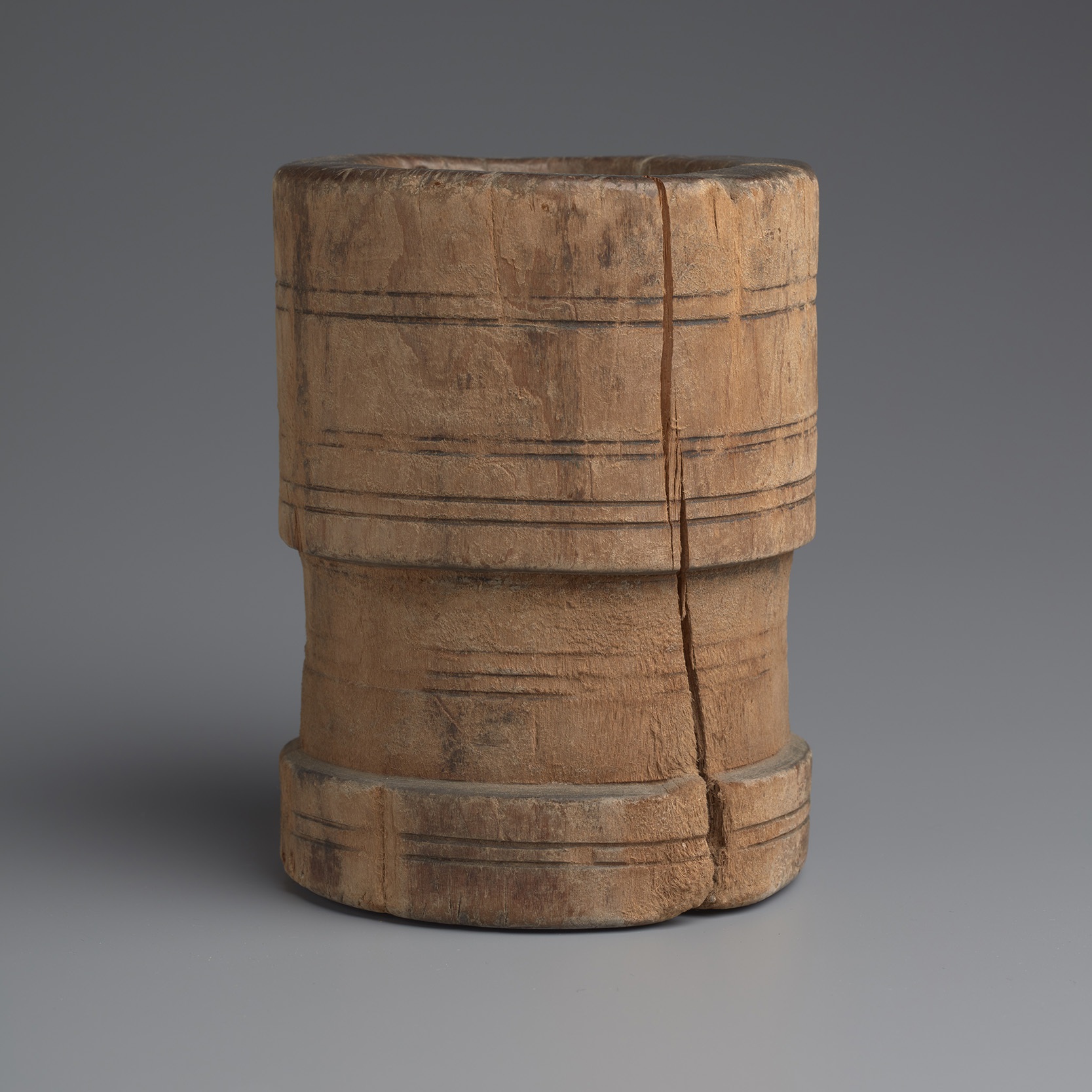
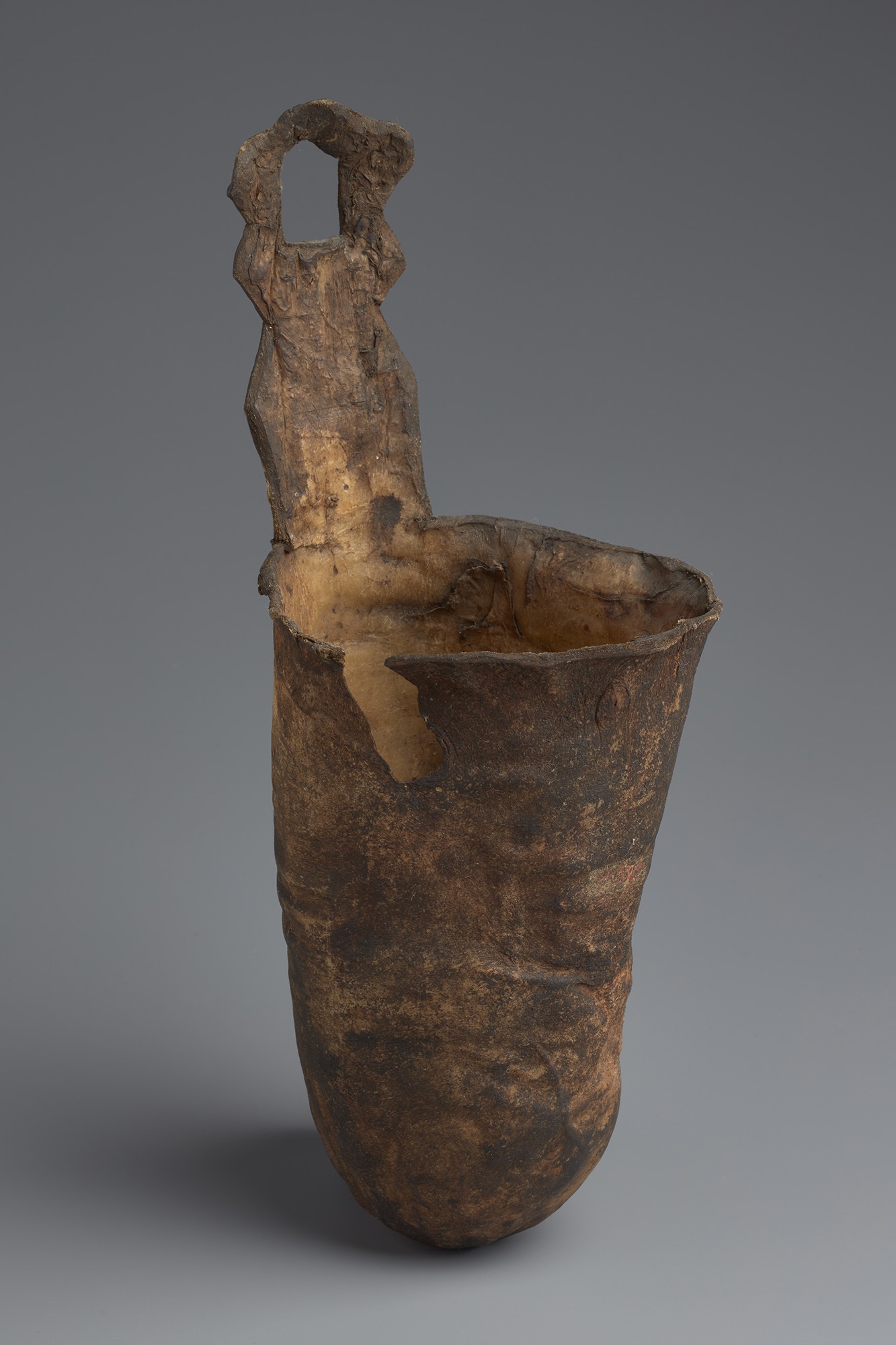
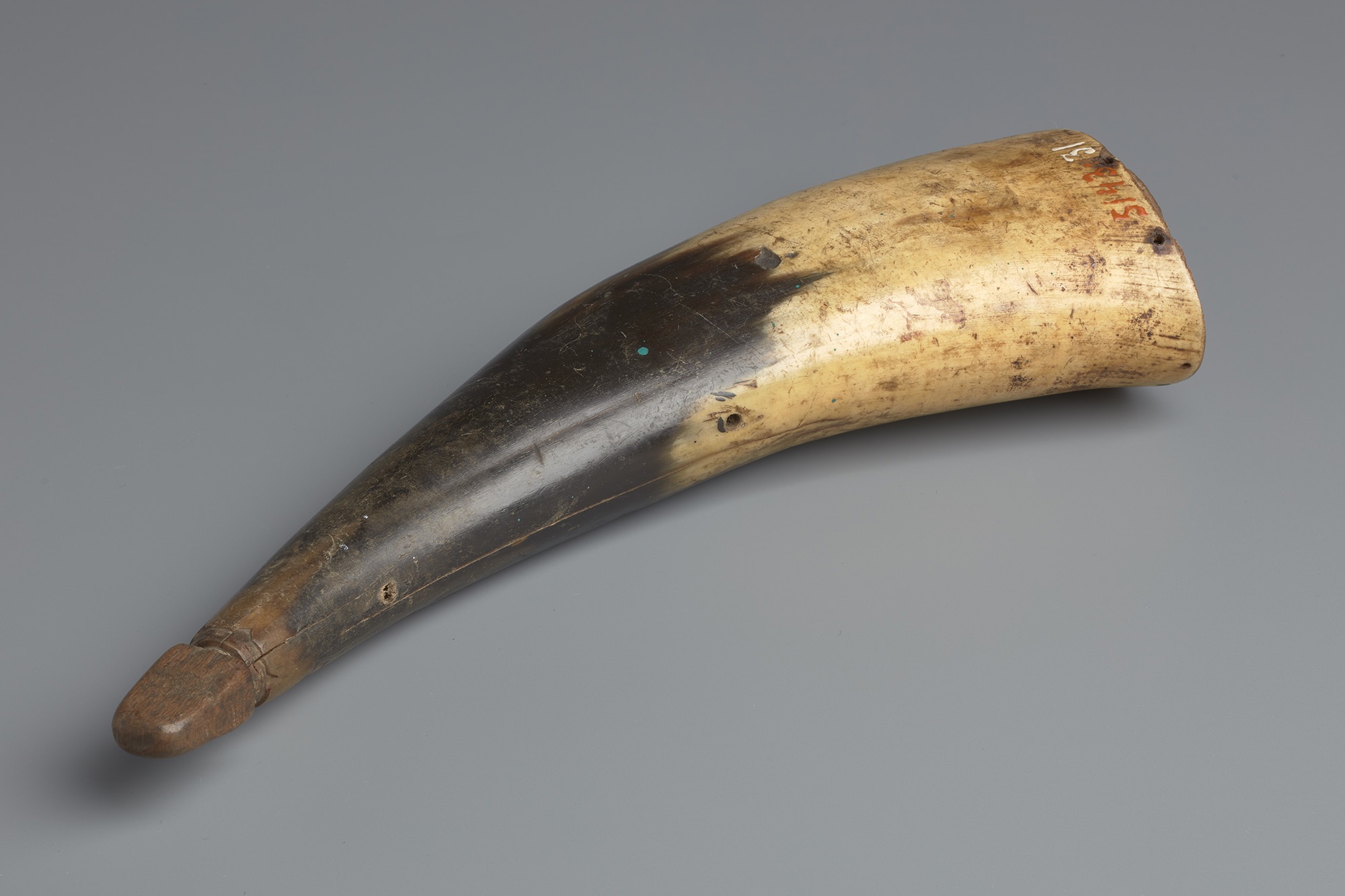
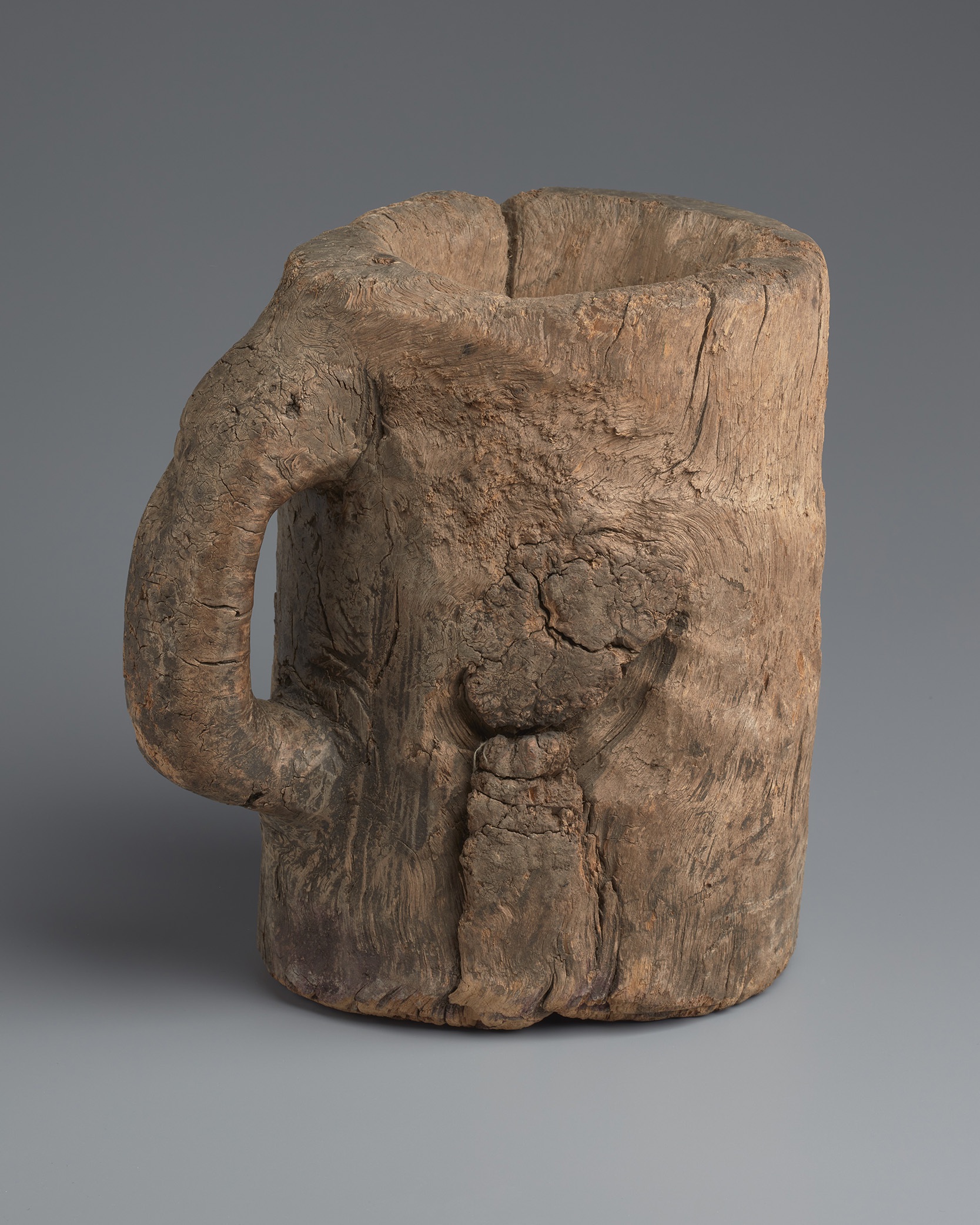
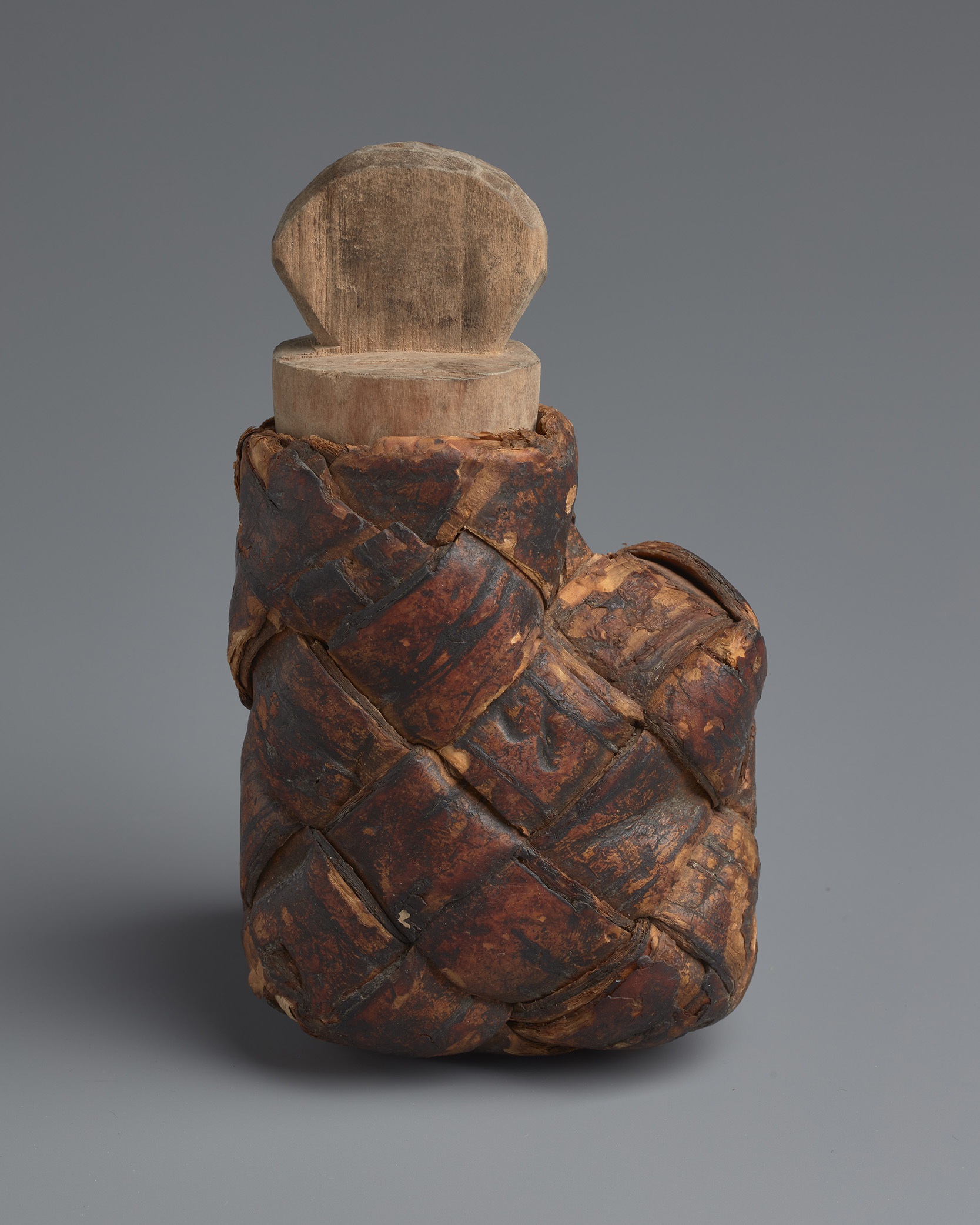
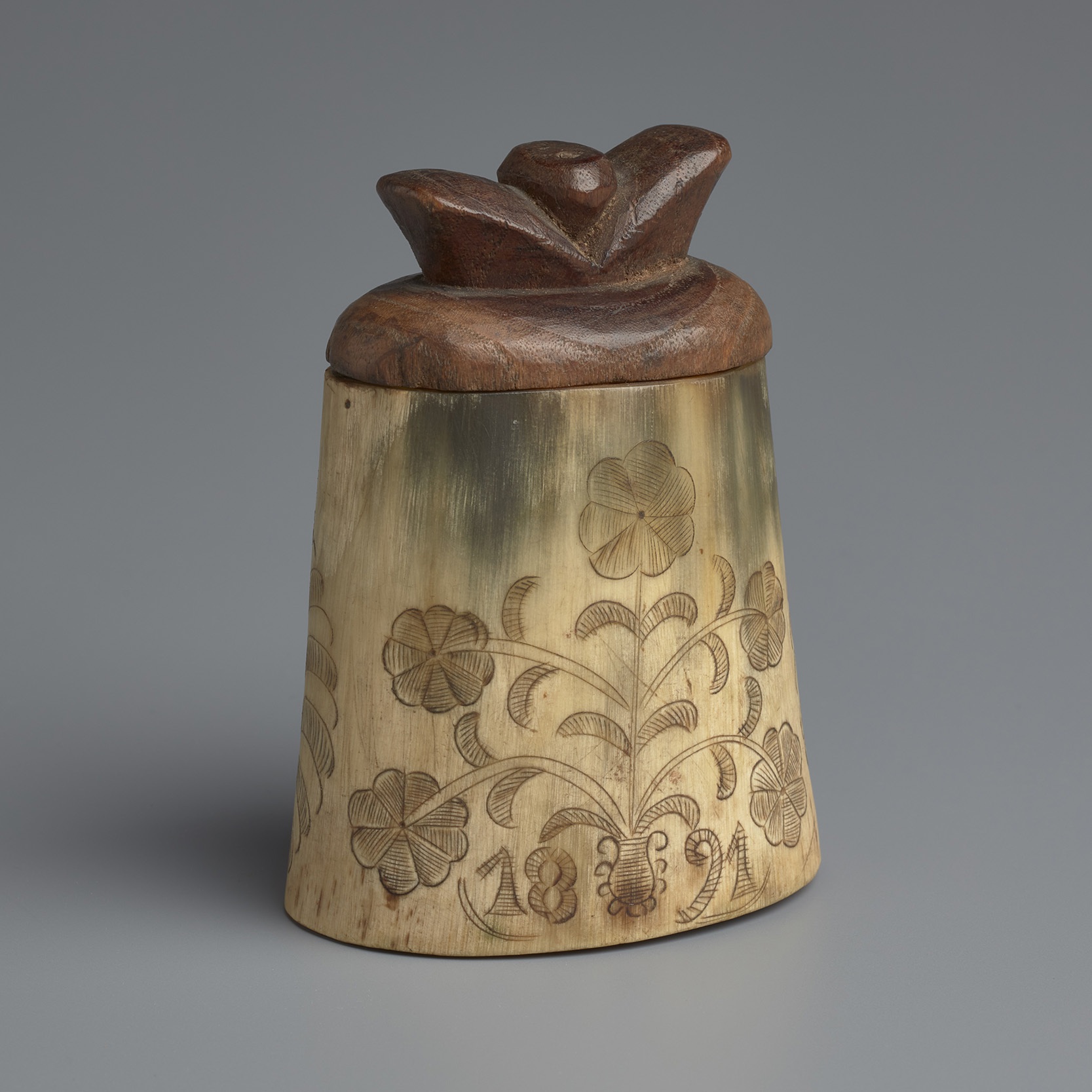
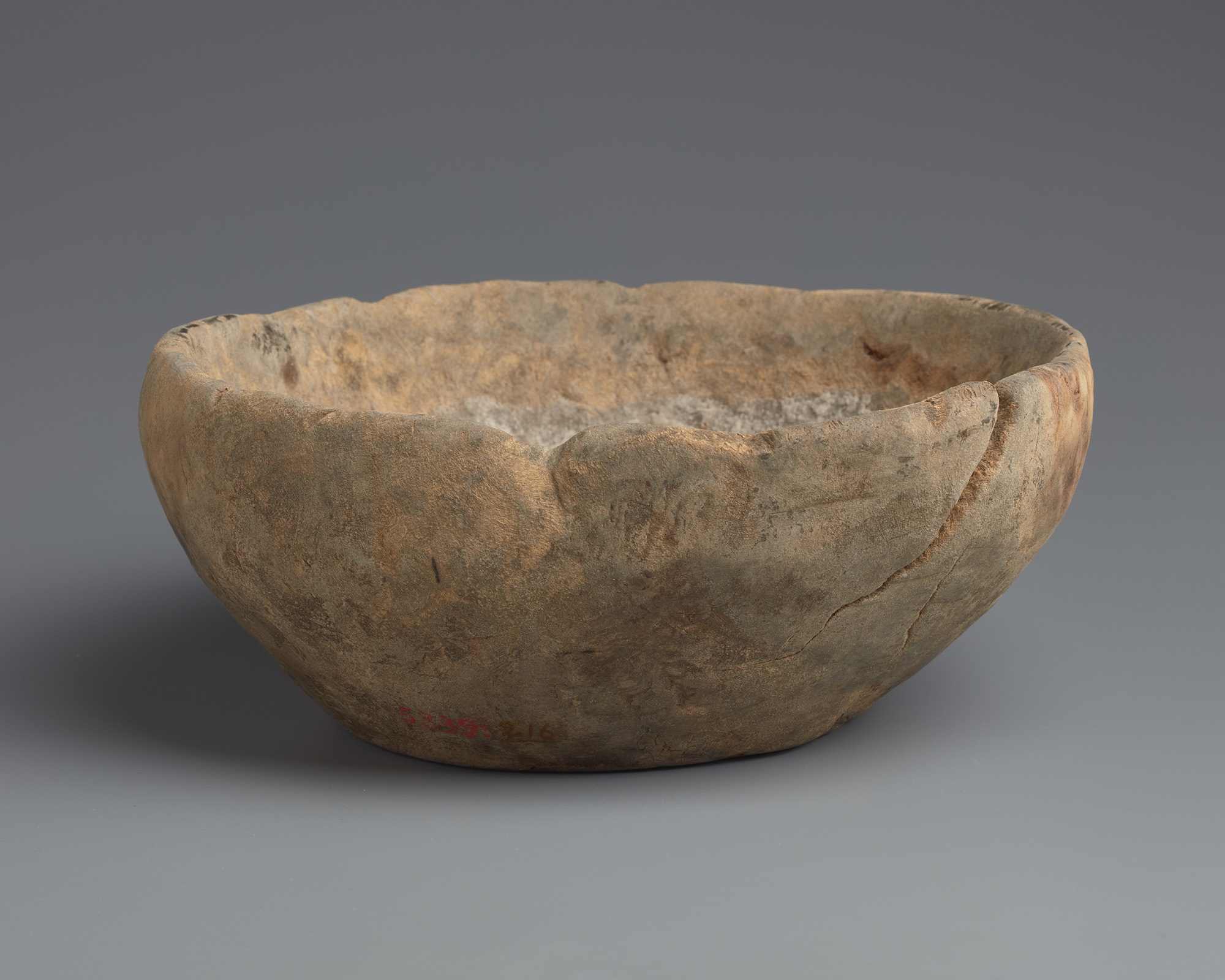

Sources:
Lehtinen, Ildikó 1996. “Kirjoittamaton päiväkirja”. Ilmari Mannisen Unkarin-matka syksyllä 1934. Eripanos. Suomen Museo 1996. Vammala.
Lehtonen, Juhani U. E. 1972. U. T. Sirelius ja kansatiede. Helsinki.
Kurlansky, Mark 2007. Suola. Eräs maailmanhistoria. (Originally published as Salt: A World History.) Keuruu.
Marit, mordvalaiset ja udmurtit. Perinteisen kulttuurin tietosanakirja. Ildikó Lehtinen (ed.) Suomalaisen Kirjallisuuden Seuran toimituksia 989. Helsinki 2005.
Siperia. Taigan ja Tundran kansoja. Ildikó Lehtinen (ed.) Helsinki 2002.
Современная этническая культура финно-угров Поволжья и Приуралья. Йошкар-Ола 2002.
Uralilaiset kansat. Tietoa suomen sukukielistä ja niiden puhujista. Johanna Laakso (ed.) Juva 1991.
Virtaranta, Helmi and Pertti 1986. Kauas läksit karjalainen. Matkamuistelmia tverinkarjalaisista kylistä. Porvoo.
Photos: Matti Kilponen, Finnish Heritage Agency
























